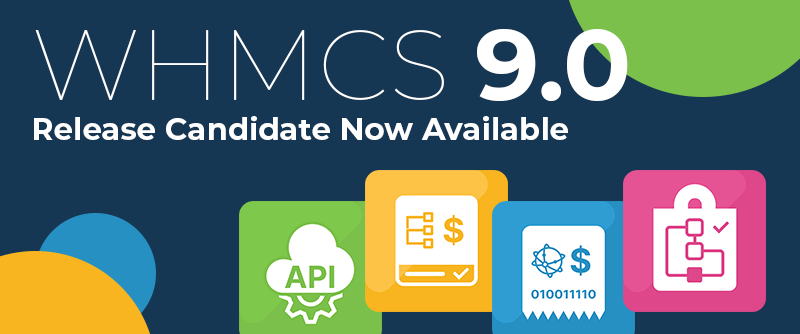
A study by McKinsey found that the average professional spends 28% of their day reading and responding to emails. And that's just the average; if you're looking at the volume of emails your customer support team deals with, the numbers are going to be much, much higher.
Centralised inbox management makes staying on top of your inbox a reality by empowering your team to collaborate on emails in real-time. This level of transparency and insight is going to transform the way your support team works together - whether they're working remotely or in the office.
Without centralised inbox management, your shared email addresses (such as help@ or support@) quickly become a black hole. There's no transparency and no accountability because there's no way to know who's handling which emails. Inevitably this leads to email clutter with support teams spending hours trying to sort multiple conversations and threads, which leads to duplicated work and hours of lost productivity.
A centralised communication platform can turn this around as it offers five important benefits:
1. It offers full transparency for team members and managers
A centralised support desk inbox keeps your whole team informed, they're also able to learn from each other and on-board new teammates quickly and easily. You can instantly access conversation histories and catch up on the context of an email at the click of a button. Shared access makes it possible to keep the needs of your customers front and centre, and increases the sense of ownership as team members have access to the information they need.
2. You can enjoy reduced response times
Customers expect quick responses so, if you want to build a good reputation for customer support, reducing your response time is going to be a priority. Because your team has access to the information they need in one centralised location, and it's easy to allocate conversations to the right person, they can respond to client requests more efficiently, reducing response times significantly.
3. It's an opportunity to (finally!) get on top of your inbox
Around the world, nearly 270 billion emails are sent every day, and if you have a team monitoring a shared customer support inbox, there's a good chance they are getting more than their fair share of email requests. A centralised inbox collects all the emails in one place where they can be allocated to different team members with full visibility into who is working on which conversations. This ensures that no emails fall through the cracks, and there's no duplicate work.
4. It's more productive
Everything can be tracked and managed from within the centralised inbox so there's no switching between platforms, or time wasted asking colleagues to update you on the context of a conversation. You can search for important mails, allocate open conversations when a team member goes on leave, and your team members are constantly learning from each other.
5. You can track and measure your team
Do you have any idea how your team is working? You need to have data at your fingertips showing:
- How quickly they get back to customer queries
- Which team members have the highest workloads
- When the busiest times are
- What issues come up over and over
The WHMCS billing & automation platform includes a powerful built-in Help Desk with all the features a remote team needs to track, manage and respond to customer communications and tools to give greater flexibility and help maximise productivity.
Customers can open tickets via the web or by email, and your team get quick and easy access to customers' profiles, service management and billing information along with features such as multiple departments, internal team notes, predefined replies, and more.
To learn more, see our WHMCS Support Feature Tour.
Not using WHMCS yet? Get Started Today!


